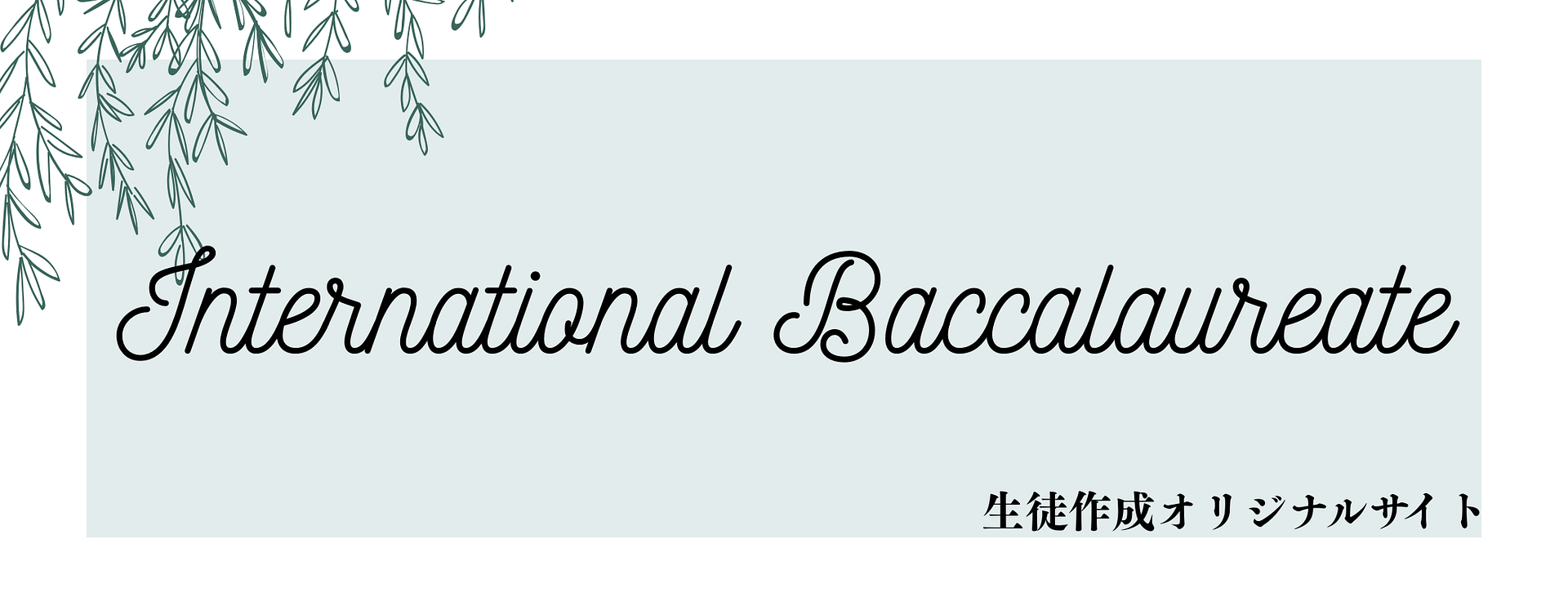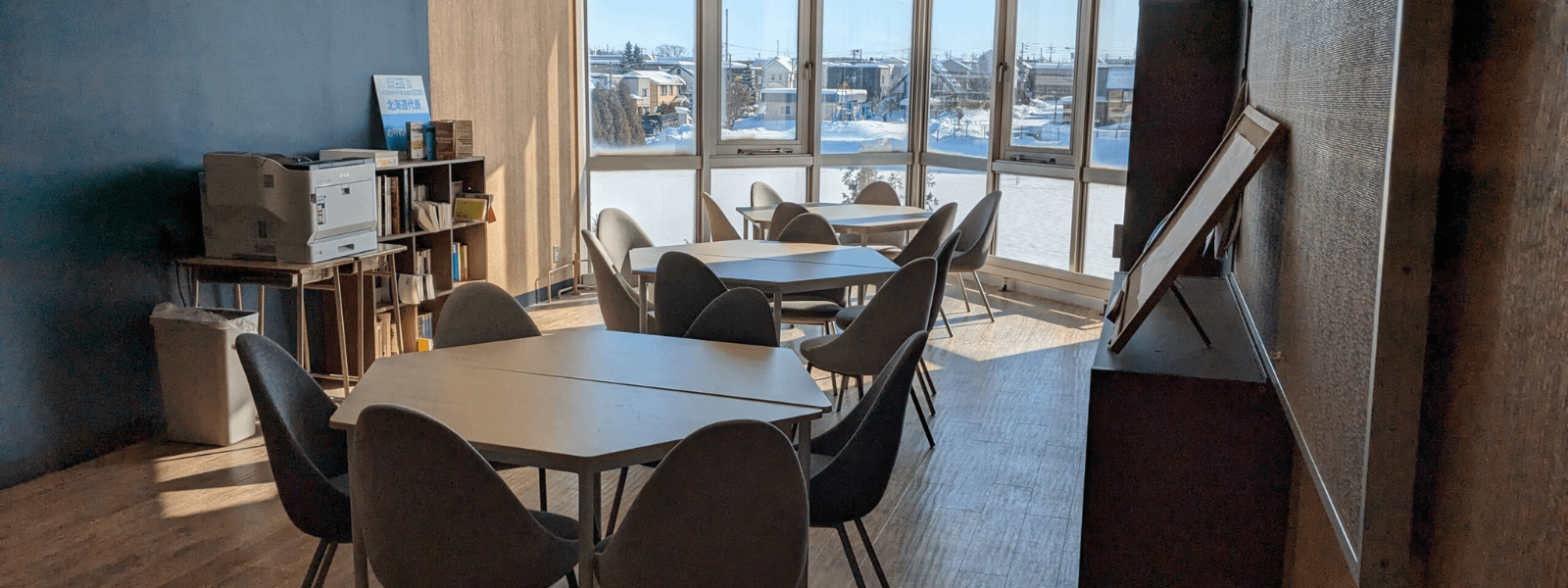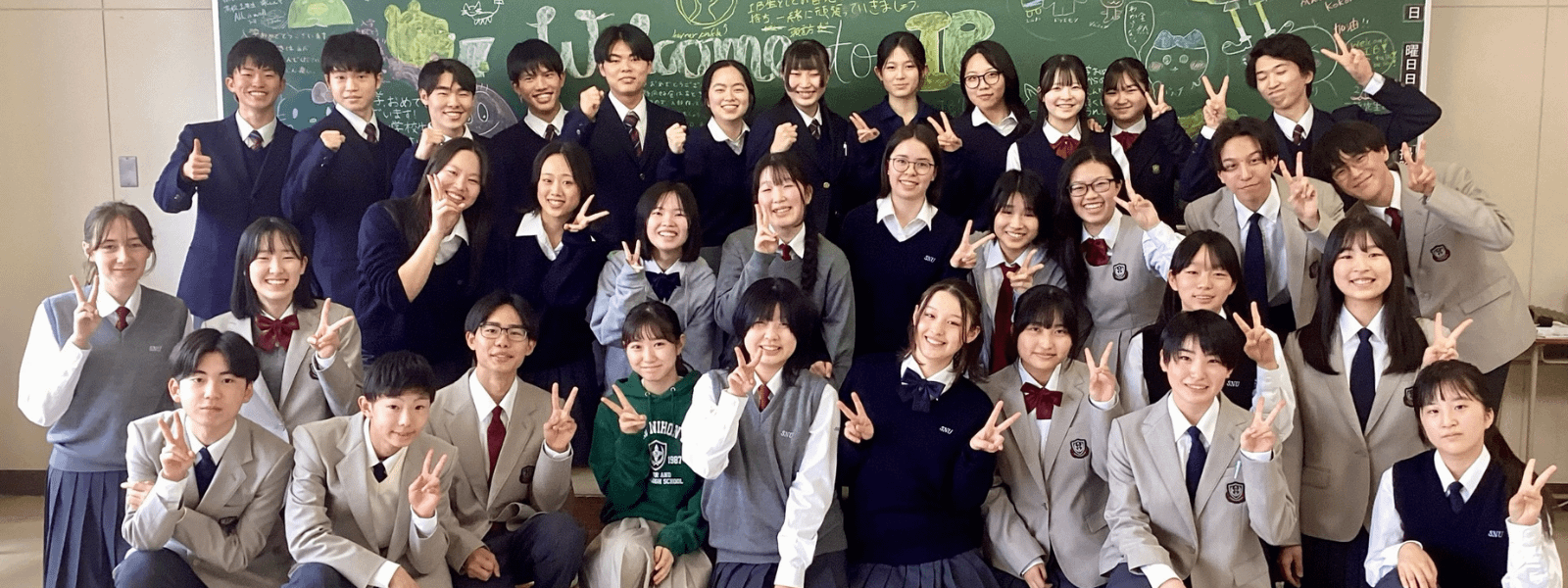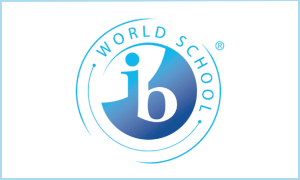Background
History
The International Baccalaureate was established with the Diploma Programme (DP) in 1968. The DP was designed to provide a high-quality, balanced education that is internationally recognized as a qualification for university admission, making it accessible in any location or cultural context around the world. Additionally, it serves a deeper purpose of fostering understanding and respect for different cultures.
Subsequently, in 1994, the IB launchd the Middle Years Programme (MYP), and in 1997, the Primary Years Programme (PYP). This created a comprehensive educational framework for children aged 3 to 19 who are engaged in international education. The introduction of the IB Career-related Programme (CP) in 2012 provided students aged 16 to 19 with a new option within the international curriculum, enriching the IB’s comprehensive educational offerings.
Mission and Objectives
The International Baccalaureate aims to cultivate inquisitive, knowledgeable, and caring young individuals who built a better and more peaceful world through intercultural understanding and respect. To achieve this goal, the organization collaborates with schools, governments, and international institutions to develop enriching international educational programs and systematic assessments. These programs encourage students worldwide to become active, compassionate lifelong learners while understanding and appreciating the differences of others.
IB Educational Programs
International Baccalaureate Diploma
The IB organization offers the Diploma Programme (DP), Middle Years Programme (MYP), and Primary Years Programme (PYP). As of April 2025, Sapporo Nihon University – Senior High school is the only private school in Hokkaido that offers and incorporates the IB Diploma in its curriculum, allowing students to enroll at the high school level.
Subjects Offered at Our School
Core Subjects
IB education includes core components that represent a common philosophy across all subjects.
These consist of the following:
- Theory of Knowledge (TOK)
- Extended Essay (EE)
- Creativity, Activity, Service (CAS)
For more details, please refer to the lonk of the page below.
Subjects
The subjects introduced in IB differ from those generally taught in Japanese high schools. Please see the following websites where Sapporo Nichidai High School provides an explanation of each subject the institution adapted to.
Group1 Japanese – 国際バカロレア│札幌日本大学高等学校
Group2 English – 国際バカロレア│札幌日本大学高等学校
Group3 History- 国際バカロレア│札幌日本大学高等学校
Group4 Science – 国際バカロレア│札幌日本大学高等学校
Group5 Math- 国際バカロレア│札幌日本大学高等学校
Group6 Visual Arts- 国際バカロレア│札幌日本大学高等学校
Evaluation Method
By receiving an IB Diploma, learners may apply for admission to universities worldwide based on their IB grade. To qualify for the IB Diploma, students need to acheive 24 points or higher out of the full 45 point mark. Obtaining 23 points or below, does not warrant an IB Diploma.
Generally, universities set admission requirements such as ‘IB Diploma score of ○ or higher.’ For example, Harvard University (USA) requires an IB score of 42 points, and National University of Singapore necessitates at least 40 points, depending on the course being applied for.
At Sapporo Nihon University High School, students are required to take the Japanese compulsory subjects from April to January of their first year, They receive the IB education from the end of January of their first year until November of their third year. At Nichidai, students can obtain both the IB qualification and a high school graduation certificate, allowing them to also apply for recommended admission to Japanese universities or take the Common Test.
How was it? IB education is much deeper than what can be conveyed on this page alone. If you’ve viewed this site and become interested in IB, please participate in our school’s open campus events.
(Source: The history of the IB)




